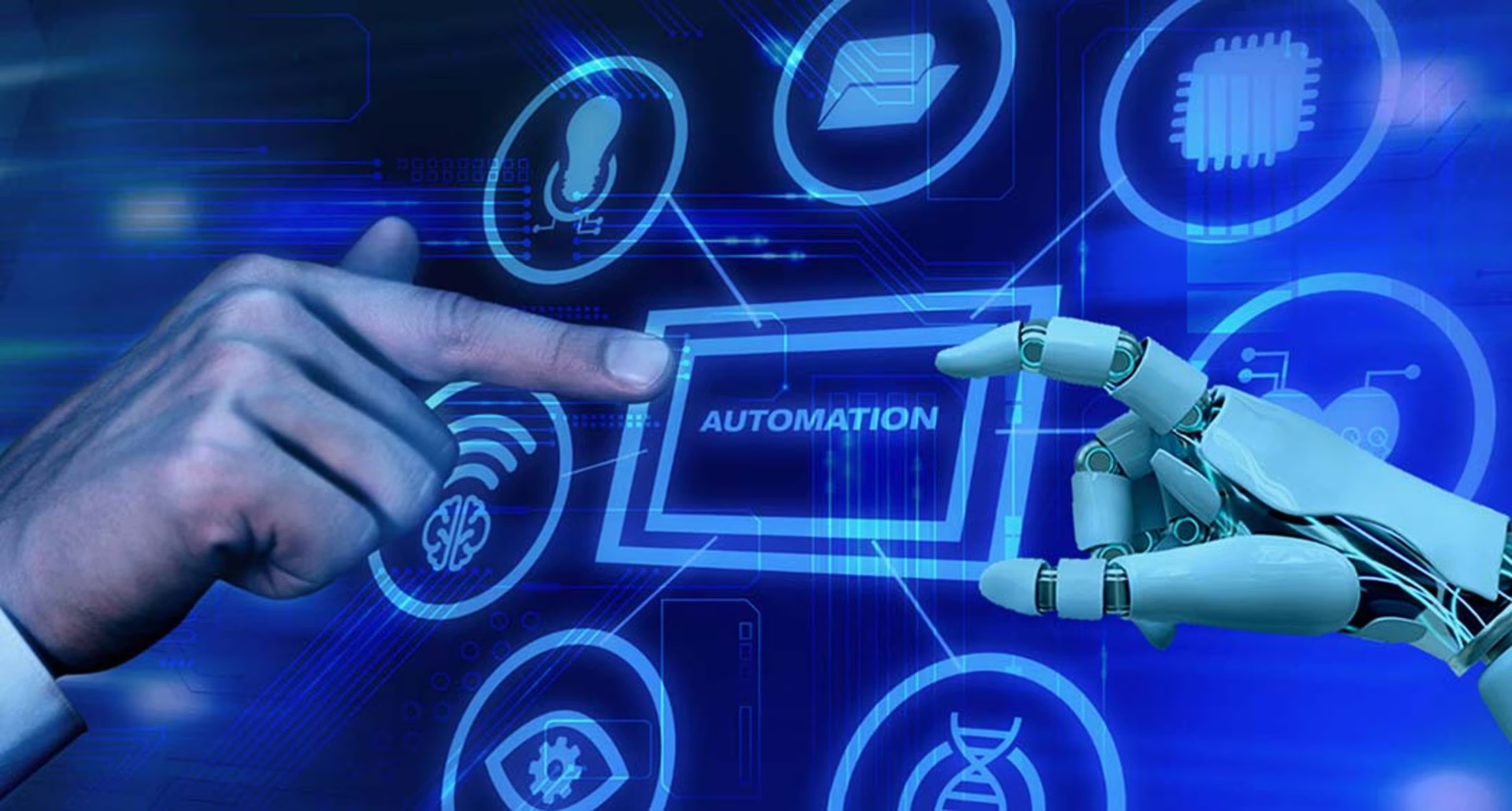In commercial real estate and upscale residential developments, time and energy are money. That’s where smart automation steps in — not as a flashy add-on, but as a backbone for how the property runs day to day.
With the right setup, lighting, climate, and security from a smart home company, the space responds instantly to the people using it. Tenants feel the difference. Owners see it in lower costs and smoother operations. The best part? It works quietly in the background after installation, earning its keep daily.
How does smart automation benefit developers?
Boost Property Value Without Adding More Brick
Any real estate developer can add square footage. Not every developer can add an edge. Smart automation is that edge — a detail that makes a residential or commercial project stand out before a single door opens.
For a developer, saying “This property runs itself” is powerful. Imagine showing climate control that adapts to occupancy or security that locks up without human oversight. That’s not a gimmick; it’s proof the property is built for modern life.
And there’s a tangible upside. Smart features justify premium pricing, shorten sales cycles, and often tip the scales when buyers compare similar listings. Sustainability-minded investors also take note, especially when systems generate energy usage reports, which they can show off in presentations.
Slash Energy Waste, Keep More Profit
Most residential and commercial properties waste power, from lights that stay on even when they’re not needed to AC systems humming away in empty rooms. Over a year, that’s a silent drain on profit.
Smart automation flips that equation. Sensors dim lights when a corridor is empty, and HVAC settings shift automatically depending on who’s in the space or even the weather outside.
Does smart automation cut costs? Absolutely. Lower energy use, less wear on equipment, and quicker problem resolution all add up. The savings aren’t just theoretical.
According to a Digitalisation and Energy report from the International Energy Agency, installing smart thermostats and smart lightning could cut energy use by 10 percent in commercial and residential buildings. Equipment lasts longer, too, because it isn’t running full tilt 24/7.
For property managers and developers, this is a double win: it trims operating costs while strengthening the project’s sustainability credentials. These days, that combination isn’t just nice to have — it’s expected.
Management That Fits in Your Pocket
Picture this: you’re off-site, and a tenant calls about lighting on their floor. In a traditional setup, you’d dispatch maintenance. With a centralized automation system, you open an app, tap once, and the problem’s solved.
That’s the difference centralized control makes. Everything — lighting, access, climate — sits in one dashboard. Managers can change settings building-wide in seconds. Alerts flag issues before they become emergencies. Access can be locked down instantly if needed.
It’s more than convenient. It means fewer staff hours spent on routine adjustments, faster tenant service, and a smoother, more professional operation overall. And when those day-to-day efficiencies stack up, they have a very real impact on the property’s net income.
Smart automation also delivers in-depth insights. Because building managers or owners have data on energy usage and the entire property’s system, resource allocation improves. Access to this information can also help improve future projects at the design level.
Fits New Builds and Retrofits Alike
New developments, from single-family homes to high rises, can integrate automation from the start, with wiring and sensors built into the structure for a seamless finish. They look clean, perform flawlessly, and are ready from day one.
Can older buildings be upgraded? Yes — wireless solutions allow retrofits with minimal disruption. Older properties aren’t left out. Many can be upgraded with wireless devices, avoiding major construction work. In some cases, installation can be phased to keep the building fully operational while upgrades are underway.
That flexibility matters. It lets owners add value without extended shutdowns or massive upfront costs. For developers, automation can be part of the sales plan even if the buyer wants to customize features later.
Built to Evolve, Not Expire
Tech ages fast. A static system risks becoming yesterday’s news in just a few years. Scalable automation avoids that trap.
With the proper foundation, you can plug in new modules, connect to emerging networks, or expand into additional areas without tearing everything out. That capability protects your investment and keeps the building relevant for future tenants and buyers.
Smart automation is more than future-proofing for property owners — it’s keeping a promise. A promise that the building will keep delivering efficiency, convenience, and security long after the ribbon-cutting. And in real estate, keeping that promise pays off in reputation, retention, and resale value.
Professional home automation installation reduces costs and simplifies management. It also attracts buyers and tenants. In a market where efficiency and convenience drive decisions, it’s one upgrade that will continue to pay dividends, year after year.



